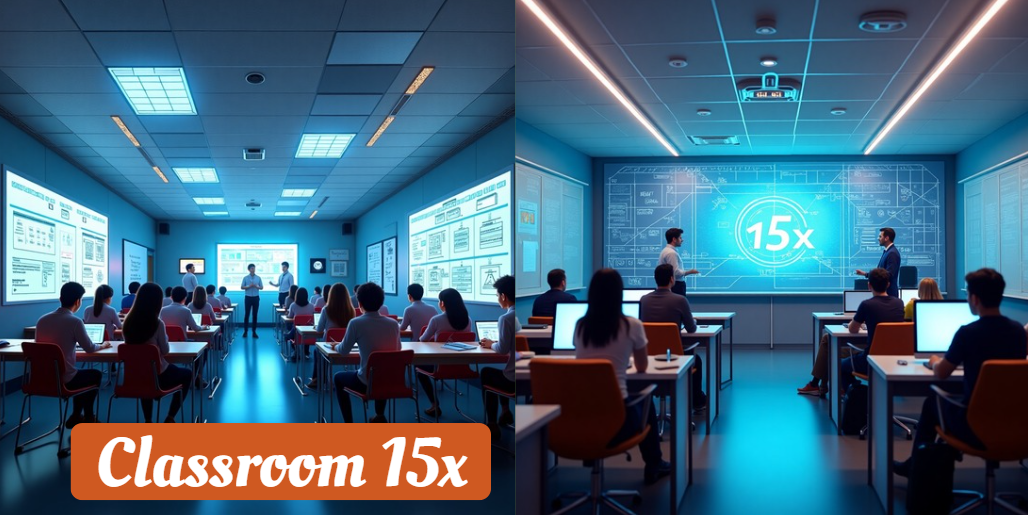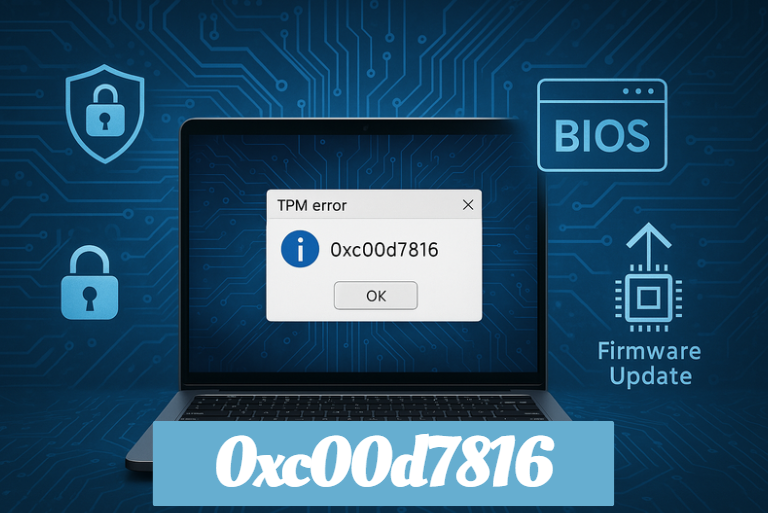The Ultimate Guide to classroom 15x: Revolutionizing Education Through Innovation and Technology
Classroom 15x represents a bold new approach to education. It is not merely a concept but a dynamic framework that combines modern technology with innovative teaching practices to create a vibrant, interactive learning environment.
This model emphasizes active participation, critical thinking, and collaboration, all while accommodating the diverse needs of today’s learners. By breaking away from the constraints of traditional classroom design, classroom 15x invites both students and educators to engage in a learning process that is as flexible as it is effective.
History and Background of classroom 15x
The evolution of education has seen many groundbreaking innovations, and classroom 15x stands as a significant milestone in that journey. Over time, educators have sought methods to move beyond rote memorization and passive learning.
Historical innovations such as the object lesson in American schools and the integration of technology in education laid the foundation for this model. The concept of classroom 15x emerged from the need to create learning spaces that are not only physically adaptable but also technologically advanced.
To illustrate this evolution, consider the timeline below:
| Milestone in Educational Innovation | Key Development |
|---|---|
| Early 20th Century | Introduction of object lessons to engage students with real-world items. |
| Late 20th Century | Integration of computers and early digital tools in classrooms. |
| Early 21st Century | Adoption of interactive whiteboards and internet resources for dynamic learning. |
| Recent Developments | Emergence of classroom 15x as a comprehensive model combining advanced technology, flexible seating, and personalized learning. |
This timeline demonstrates how the gradual integration of innovative teaching tools has culminated in the sophisticated environment that is classroom 15x.
Core Philosophy and Pedagogical Framework
At its heart, classroom 15x is built on the principle of learner-centered education. Unlike traditional models where teachers are the sole source of knowledge, this approach positions students as active participants in their own learning journey. The pedagogy emphasizes interactive, inquiry-based methods that stimulate curiosity and critical thinking.
Educators working within the classroom 15x framework encourage students to explore subjects through hands-on activities, group discussions, and real-world problem solving. The model nurtures an environment where mistakes are viewed as opportunities for growth rather than failures. In essence, classroom 15x promotes a culture of continuous learning and innovation.
Here are some key pedagogical concepts integral to classroom 15x:
- Personalized Learning: Tailoring instruction to meet the diverse needs and pace of each student.
- Collaborative Engagement: Encouraging teamwork and peer-to-peer learning to enhance understanding.
- Inquiry-Based Exploration: Promoting a questioning mindset where students actively investigate and analyze information.
- Integration of Technology: Leveraging digital tools to provide interactive and immersive learning experiences.
Key Features and Technologies Used in classroom 15x
Classroom 15x stands out due to its blend of advanced technologies and innovative design. The integration of digital tools transforms the traditional classroom into a dynamic, interactive space where students can learn in various engaging ways.
One of the most significant features is the use of interactive whiteboards and tablets, which allow for real-time participation and instant feedback. The incorporation of virtual reality (VR) and augmented reality (AR) tools offers immersive experiences that bring abstract concepts to life. For example, history lessons can become virtual tours of ancient civilizations, while science classes can include interactive experiments in a digital lab.
The physical layout of classroom 15x is equally innovative. Unlike conventional classrooms with fixed desks and rigid seating, this model features flexible, modular furniture that can be rearranged to suit different activities—whether for group projects, individual study, or class discussions. A comparison table below illustrates the differences:
| Aspect | Traditional Classroom | Classroom 15x |
|---|---|---|
| Seating Arrangement | Fixed, linear seating | Flexible, modular seating |
| Technology Integration | Limited digital tools | Interactive whiteboards, tablets, VR, AR |
| Teaching Approach | Teacher-centered lectures | Student-centered, inquiry-based learning |
| Learning Environment | Static and uniform | Dynamic, adaptable, and engaging |
This combination of technology and flexibility makes classroom 15x an environment where both educators and students can thrive.
Benefits for Students, Educators, and Institutions
The transformative impact of classroom 15x is evident in the myriad benefits it offers. For students, this model promotes higher engagement, deeper understanding, and enhanced creativity. By interacting with digital tools and participating in collaborative projects, students develop essential skills that prepare them for the challenges of the modern world.
Educators benefit significantly from the classroom 15x approach as well. The use of advanced technology and data analytics enables teachers to monitor student progress more effectively, tailor their instruction to individual needs, and reduce time spent on administrative tasks. This leads to a more efficient teaching process and a more satisfying educational experience.
Institutions that adopt classroom 15x witness overall improved academic performance and increased student retention rates. The model’s emphasis on innovation and flexibility prepares students for future challenges and cultivates a culture of continuous improvement.
A brief list summarizing these benefits includes:
- For Students: Increased engagement, personalized learning, improved critical thinking, and enhanced digital literacy.
- For Educators: Streamlined lesson planning, real-time progress tracking, reduced workload, and improved student outcomes.
- For Institutions: Higher academic performance, better retention rates, and a future-ready learning environment.
Case Studies and Success Stories
Real-life examples of classroom 15x in action provide compelling evidence of its effectiveness. In one case study, a middle school in Ohio implemented the classroom 15x model and saw a dramatic increase in student participation and test scores. Teachers reported that students who previously struggled in traditional settings became more engaged and confident in their abilities.
Another example from a high school in California showed that integrating interactive technology and flexible learning spaces led to a 20% improvement in overall academic performance. These success stories highlight how classroom 15x not only improves individual learning outcomes but also creates a positive, collaborative culture within schools.
An infographic could be used here to display key statistics, such as:
- Percentage increase in student engagement
- Improvement in test scores
- Enhanced collaboration metrics
Implementing classroom 15x: A Step-by-Step Guide
Transitioning to the classroom 15x model requires careful planning and collaboration among educators, administrators, and even students. The process begins with a clear vision and involves assessing the current learning environment, identifying technological needs, and designing flexible classroom spaces.
A recommended step-by-step approach might include:
- Vision Setting: Establish a shared understanding of the goals and benefits of classroom 15x.
- Professional Development: Organize training sessions for teachers on the new technologies and pedagogical approaches.
- Infrastructure Overhaul: Gradually redesign classrooms to incorporate flexible seating and advanced digital tools.
- Pilot Programs: Implement the model in select classrooms and gather feedback from both teachers and students.
- Evaluation and Scaling: Use surveys, performance metrics, and feedback to refine the approach and expand it to more classes.
A process flowchart can visually represent this implementation journey, providing educators with a clear roadmap to follow.
Future Trends and Innovations in Educational Technology
The evolution of classroom 15x is far from static. As technology advances, new trends are poised to further transform educational experiences. Emerging technologies such as augmented reality, blockchain for educational credentialing, and next-generation AI tools are likely to be integrated into the classroom 15x framework.
A narrative discussion on future trends might explore how these innovations will drive deeper personalization, better data-driven instruction, and even more immersive learning experiences. This forward-looking perspective positions classroom 15x not only as a current success story but as a model that will continue to evolve and lead educational innovation.
Challenges and Considerations
While the benefits of classroom 15x are substantial, implementing this model also presents challenges. Funding constraints, teacher training requirements, technological infrastructure, and resistance to change can all pose hurdles. It is essential for schools to address these issues through careful planning, stakeholder engagement, and ongoing support.
A balanced view of the pros and cons can be presented in a table:
| Advantages | Challenges |
|---|---|
| Enhanced student engagement | High initial technology investment |
| Personalized learning experiences | Need for ongoing teacher training |
| Improved collaboration and creativity | Resistance from traditional educators |
| Data-driven instruction | Maintenance of advanced digital infrastructure |
Addressing these challenges with strategic planning and adequate support will help ensure the successful adoption of classroom 15x.
Frequently Asked Questions (FAQs)
FAQ 1: How does the real-time feedback system in classroom 15x enhance learning outcomes?
In classroom 15x, advanced digital tools continuously monitor student progress and provide immediate feedback. This dynamic system enables students to quickly adjust their learning strategies, ensuring that they understand the material as they go. Educators can also use this real-time data to fine-tune instruction, resulting in a more responsive and adaptive learning environment.
FAQ 2: In what ways does classroom 15x foster interdisciplinary collaboration?
Classroom 15x creates an environment where subjects seamlessly interconnect. By encouraging project-based learning that blends areas like science, technology, art, and humanities, the model helps students see the broader connections between disciplines. This approach develops versatile problem-solving skills and nurtures a more holistic understanding of complex topics.
FAQ 3: What challenges might schools face when scaling classroom 15x to different educational settings?
Scaling classroom 15x across diverse schools can present challenges such as varying levels of technological infrastructure, differences in educator training, and budget constraints. To overcome these hurdles, it is essential to customize the implementation strategy for each environment and invest in comprehensive professional development to support teachers during the transition.
FAQ 4: How does classroom 15x impact teacher professional development and collaboration?
The model not only transforms student learning but also revolutionizes teacher roles. Classroom 15x provides educators with advanced tools and data analytics that help them refine their teaching methods. Regular training sessions and collaborative workshops are integral, fostering an environment where teachers continuously learn, share best practices, and adapt new strategies for improving classroom outcomes.
FAQ 5: What metrics are used to evaluate the success of classroom 15x in improving education?
Success in classroom 15x is measured through a variety of indicators, including increased student engagement levels, improved academic performance, higher retention rates, and enhanced digital literacy. Schools also assess qualitative feedback from students and teachers to ensure that the learning environment is both effective and inspiring.
Glossary of Terms
For quick reference, here is a glossary of key terms associated with classroom 15x:
| Term | Definition |
|---|---|
| Interactive Whiteboard | A large display that allows real-time interaction with digital content. |
| Virtual Reality (VR) | A simulated experience that can be similar to or completely different from the real world. |
| Augmented Reality (AR) | Technology that overlays digital information on the real world. |
| Personalized Learning | Educational approach tailored to individual student’s needs, abilities, and interests. |
| Data Analytics | The process of examining data to draw conclusions about the information it contains. |
Conclusion
In summary, classroom 15x is a revolutionary model that transforms traditional education through its integration of advanced technology, flexible learning spaces, and student-centered teaching. This comprehensive guide has provided a detailed look into its history, philosophy, features, benefits, and implementation strategies.
By embracing this innovative approach, educators can significantly enhance student engagement and prepare learners for the challenges of tomorrow. Classroom 15x not only fosters an environment of collaboration and creativity but also sets the stage for a future where education is adaptive, interactive, and truly transformative.
Read more
Ultimate Comprehensive Guide to f4nt45yxoxo
todis 25 anni insieme a voi it: A Comprehensive Guide
Ultimate Guide to business insights shopnaclo: In-Depth Analysis for E-Commerce Success






